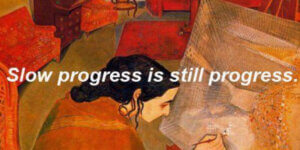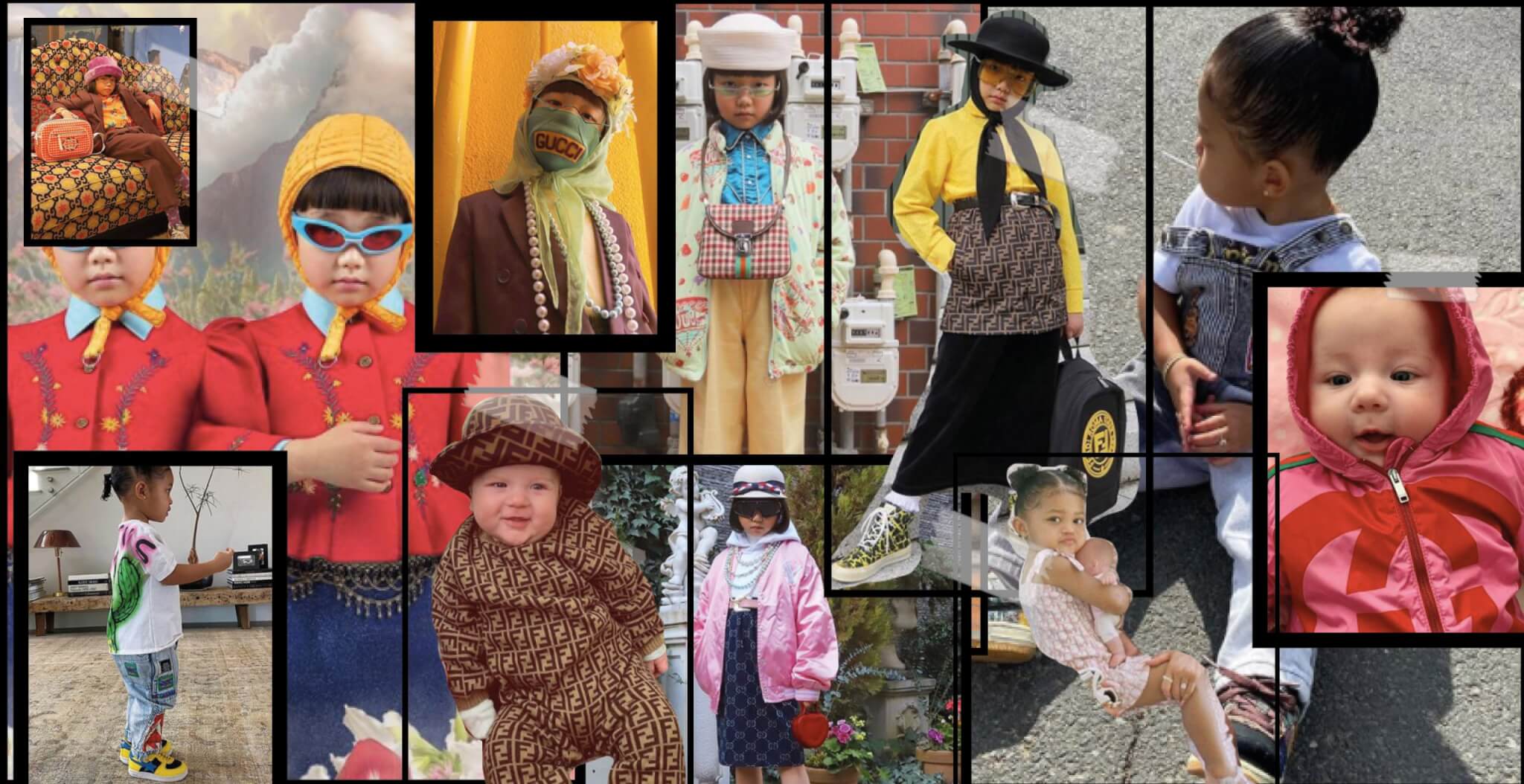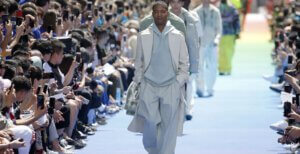The Rise of Remix Culture and Vibe Chameleons in 2024
In today’s fast-moving digital landscape, we’re witnessing the death of traditional subcultures and the emergence of remix culture. Brands and individuals are shifting away from rigid identities toward a more fluid, mix-and-match approach to style and culture. This transformation is not only shaping how brands market their products but also how consumers engage with and influence modern trends.
What Happened to Subcultures?
Corefication Explained
Subcultures once thrived as tightly-knit communities, defined by shared values, skills, and aesthetics. Movements like punk, goth, and skateboarding were about more than just fashion—they represented a way of life. However, with the rise of the internet, everything became compressed into a purely visual experience. The depth of subcultures was lost, and all that remained were their outward appearances.
This flattening of culture gave rise to “corefication,” where cultural movements like “skatecore” or “cottagecore” became more like cosplay than community. Instead of deeply embedded lifestyles, these “cores” are now fleeting trends that people can dip in and out of with ease. This trend is reflected in modern fashion, particularly through the work of designers like Demna Gvasalia at Balenciaga, where low-brow aesthetics are reimagined through high-fashion production.
Remix Culture: Brands Leading the Charge
In the world of remix culture, brands are thriving by reworking old ideas into something fresh and engaging. The content shouldn’t be flashy, but incredibly shareable. By focusing on real people with unique looks, brands have to created a “bench factory of style” that keeps viewers hooked, encouraging them to dive deeper into their content.
A brand excelling in remix culture is Awake NYC. True to their name, Awake feels like a natural extension of New York City’s energy. Their content doesn’t feel like a forced sales pitch. Instead, it exudes authenticity, tapping into the city’s culture and reflecting it back in a way that resonates with their audience. This subtle, culturally rooted approach is why Awake NYC’s content stands out without feeling overtly commercial.
The Gap x Troye Sivan Collaboration: A Remix in Action
An excellent example of remix culture in action is the Troye Sivan x Gap collaboration. Instead of simply dressing Sivan in classic Gap basics, the campaign remixed his personal brand with the iconic Gap style to create something unique. The campaign featured Sivan dancing to a Thundercat song, blending familiar elements with something fresh. This combination of old and new anchored the campaign, making it feel both nostalgic and innovative.
Gap, in this case, didn’t just sell clothes—they acted as a canvas for creative remixing, allowing Troye Sivan’s personality to shine while staying true to the brand’s identity. This is how remix culture works: familiar yet novel, blending past influences with current creativity.
How Vibe Chameleons Are Changing Consumer Behavior
As remix culture evolves, so does consumer behavior. Enter the vibe chameleon—a person who can effortlessly switch between different cultural “vibes” and trends without seeming out of place. With the rise of microtrends on social media, vibe chameleons can adapt to different styles and identities as easily as changing clothes.
Unlike traditional subcultures, where members were deeply embedded in their chosen communities, vibe chameleons move fluidly between niches, adopting and discarding trends as they see fit. This shift is breaking down the walls between different cultural groups, creating a world where gatekeeping no longer exists.
For brands, this new breed of consumer offers exciting opportunities. Collaborations between seemingly mismatched brands, such as Dickies and Loro Piana, have become more common as companies recognize the fluidity of modern consumer identities. Today’s consumers are just as likely to wear luxury cashmere as they are durable workwear—and this combination makes sense in a world dominated by vibe chameleons.
The Future of Branding in a Remix Culture
As remix culture continues to shape the future of fashion and branding, companies must adapt to this new, fluid landscape. The rise of vibe chameleons and the corefication of culture offer both challenges and opportunities. Brands that can authentically embrace remix culture, collaborate meaningfully, and understand the shifting identities of their consumers will be the ones that thrive in this new world.
By acting as a canvas for creativity—like Gap did with Troye Sivan—or tapping into their cultural roots, as Awake NYC does, brands can remain relevant while still offering something new. In a world where culture feels like it’s frozen in place, remixing the old to create the new is not just a trend—it’s the future.




























